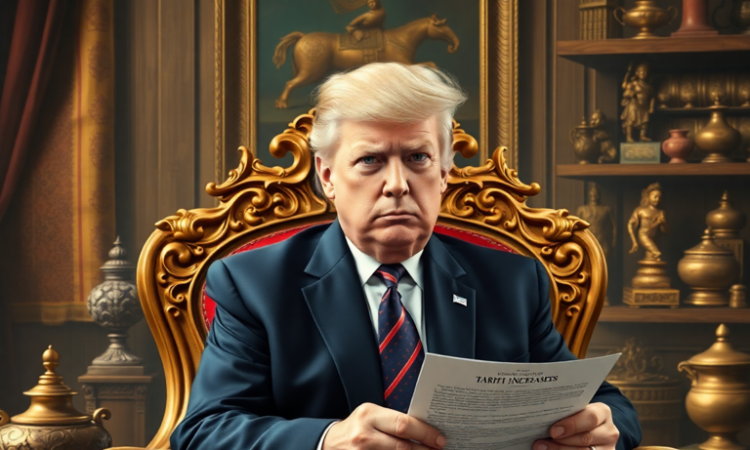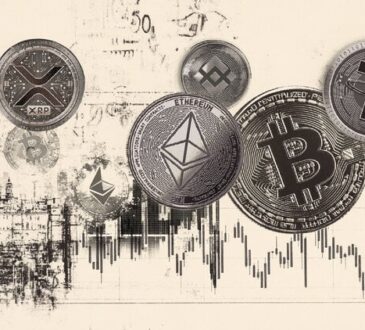
In a bold statement soon after becoming the 47th President of the United States, Donald Trump threatened to impose 100% tariffs on India and the other BRICS countries if they didn’t continue to lessen their reliance on the U.S. dollar in international commerce. Concerns regarding the possible effects on international commercial relations have been raised by this announcement, which has also generated debates.
Trump’s Warning to BRICS Nations:
Trump made it clear that any attempts by the BRICS nations—Brazil, Russia, India, China, and South Africa—to abandon the dollar would not be accepted during a press conference at the Oval Office. He said, “As a BRICS nation… they’ll have a 100 percent tariff if they so much as even think about doing what they thought.” This declaration shows Trump’s persistent opposition to any de-dollarization efforts, which have been popular among some BRICS nations, especially China and Russia.
Trump had already threatened to impose such tariffs back in December 2024, so his remarks are not really fresh. He emphasized that he needs commitments from these countries to refrain from creating a new currency that would threaten the US dollar’s dominance. Trump’s more comprehensive plan for showing American economic dominance internationally is reflected in this tough approach.
The Context of De-Dollarization:
In order to reduce their dependence on the U.S. currency for global commerce and financial activities, the BRICS countries are pushing for de-dollarization. In an effort to lessen the power of the dollar, nations like China and Russia have made no secret of their plans to develop alternative currencies and payment methods. With External Affairs Minister S. Jaishankar declaring that New Delhi has “no interest” in weakening the dollar or establishing a BRICS currency, India has maintained a separate position.
The United Arab Emirates (UAE), Egypt, Ethiopia, Iran, Indonesia, Brazil, South Africa, China, Russia, and India are the 10 nations that make up the BRICS organization, which was established in 2009. The union has been in the forefront of talks about facilitating trade and economic cooperation among emerging nations. But Trump’s threats might make things far more complicated.
Implications for India and Global Trade:
In fiscal year 2024, trade between between India and the US reached around $120 billion, reflecting the evolution of the two countries’ relationship in previous years. There may be serious consequences for this partnership from Trump’s tariff threats. 100% tariffs, according to analysts, have the potential to destabilize important areas of the Indian economy and alter the nature of trade between the two countries.
Even though India and the United States have a positive trade balance, any tariff rise might have an effect on a number of industries, including information technology, textiles, and medicines. If Trump fulfills his threats, there is also a significant risk of Indian retaliation.
Furthermore, Trump’s claim that “we have them over a barrel” shows his belief that the US has power over the BRICS countries. However, this position might result in more tensions within the larger framework of international relations as well as with specific nations.
Conclusion:
An important turning point in international trade talks has been reached with Donald Trump’s threat of 100% tariffs against BRICS countries. Trump’s tough stance may increase tensions and uncertainty as nations adjust their economic policies in the face of altering geopolitical environments.
As the BRICS countries evaluate their own economic strategy going forward and respond to these risks, the upcoming months will be critical. As it looks to preserve its place in an increasingly complicated global economy, India will need to carefully balance its connections with the United States and other BRICS nations.




